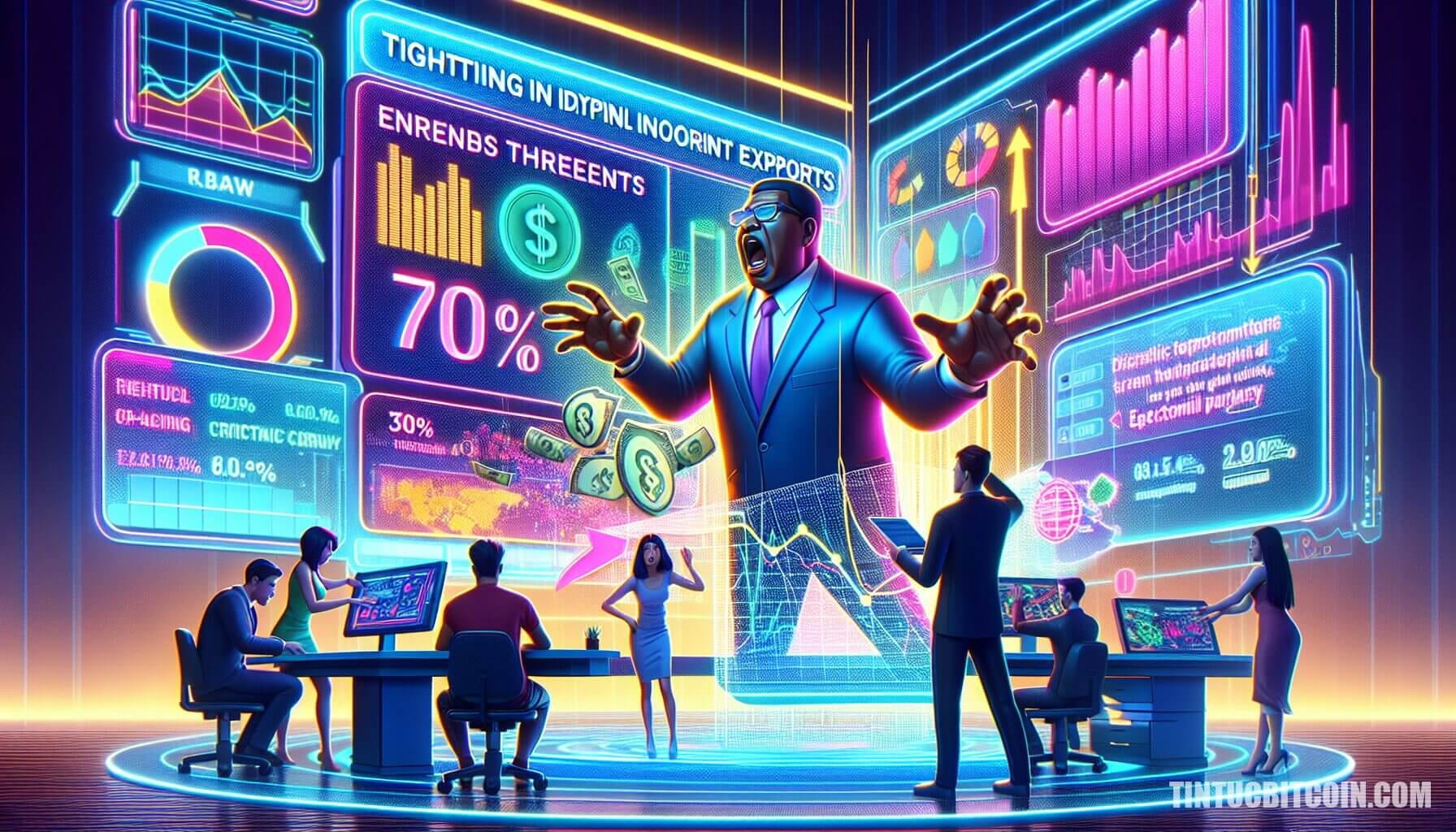
The Trump administration is tightening the transfer of Chinese goods through third countries for export to the United States, which could severely impact China's exports and economic growth.
China's reliance on partners like Mexico and Vietnam to export goods to the U.S. is increasing, but this tightening policy could threaten up to 70% of China's total exports to the U.S.
MAIN CONTENT
China increases exports through third countries like Mexico and Vietnam to avoid U.S. tariffs.
The Trump administration is preparing to implement stricter regulations to prevent intermediary shipments from China.
China's rare earth magnet exports to the United States surged after the new trade agreement.
What is the current situation of goods being shipped from China through third countries?
Bloomberg economists say China has increased its use of partners like Mexico and Vietnam to produce or finish goods exported to the United States, rising from 14% in 2017 to 22% in 2023.
This trend became apparent after President Trump initiated trade wars, causing China to leverage intermediary countries to evade tariffs. This reliance helps reduce the direct impact from U.S. tariffs, but also poses risks if the U.S. tightens regulations.
"Trade flows through third countries play a significant role and help China mitigate the impact of U.S. tariffs. Tighter controls will increase the damage from the trade war and may diminish long-term growth opportunities."
Chang Shu, David Qu, Rana Sajedi – Bloomberg Economics Experts, July 22, 2025
What actions is the U.S. government taking regarding shipments transiting from China?
The U.S. administration has sent diplomatic notes warning several countries that if they do not sign bilateral trade agreements by August 1, intermediary products exported from China through them will face higher tariffs or stricter regulations.
The United States focuses on countries like Mexico, Vietnam, and the European Union – major intermediary routes in China's exports. This strongly affects U.S. trade negotiations with partners, such as the recent U.S.-UK agreement that includes supply chain protection clauses and restrictions on foreign control.
However, the enforcement of these regulations remains unclear due to the definition of domestic goods in the U.S. and the verification methods for the origin of goods not being published in detail.
How has China restored rare earth magnet exports after the trade agreement?
Data from China's Customs Bureau shows that rare earth magnet exports to the U.S. skyrocketed by 660% in June 2025, primarily due to the new trade agreement between Washington and Beijing.
Rare earth magnets are strategic products, with China supplying over 90% globally. After the U.S. imposed tariffs, China placed these items on an export control list starting April 2025, but June production still surged to 3,188 tons, an increase of 157.5% from May, though down 38.1% year-on-year.
The agreement helps alleviate bottlenecks in rare earth and magnet exports while allowing companies like Nvidia to continue selling AI chips to China.
"Restoring the export of strategic minerals like rare earth magnets is a positive signal, helping to ease tensions in the technology supply chain and facilitating chip production development."
Technology experts are preparing to speak, 2025
Frequently Asked Questions
How will tightening the transfer of goods through a third country affect China's economy?
Bloomberg experts estimate that about 21% of China's GDP would be affected if the new regulations are strictly enforced.
Why does China rely on countries like Mexico and Vietnam to export to the United States?
This is how China avoids U.S. tariffs and maintains exports despite the trade war.
How capable is the U.S. administration of enforcing new regulations on the origin of goods?
Currently, there are still many ambiguities, including unclear definitions and verification methods, making enforcement difficult.
What role do China's rare earth magnet exports play in trade with the U.S.?
Rare earth magnets are crucial in high-tech manufacturing and chips, significantly impacting the U.S.-China supply chain.
What does the new trade agreement between the U.S. and China mean for the technology sector?
It resolves the bottleneck in exporting rare materials, allowing tech companies like Nvidia to continue selling AI chips.
Source: https://tintucbitcoin.com/trump-siet-xuat-khau-tien-dien-tu-trung-quoc/
Thank you for reading this article!
Please Like, Comment, and Follow TinTucBitcoin to stay updated with the latest news about the cryptocurrency market and not miss any important information!


